The 7 Rs of Logistics
Real world logistics for a modern age. The 7 Rs of Logistics is a global consultancy that can help you improve your supply chain, distribution and transportation processes. Check out our article.
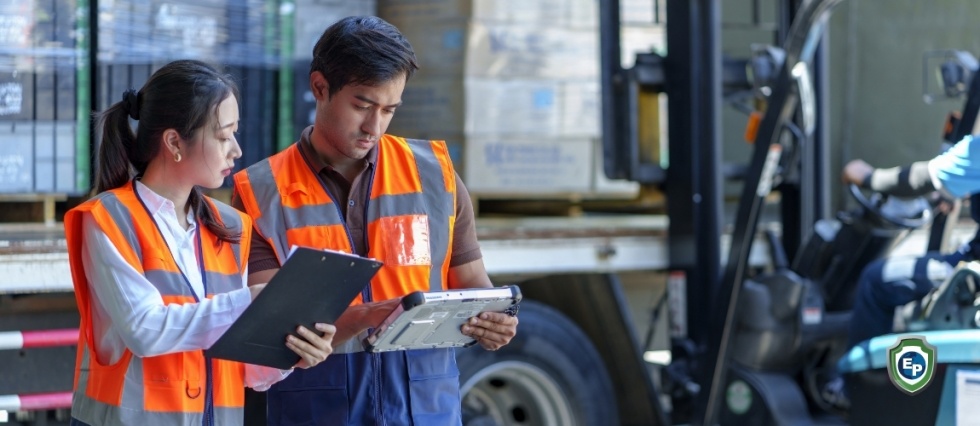
Upon hearing the word logistics, what comes to mind? Are you envisioning long lines at the DMV or endless lines of cargo? Hopefully, you'll have a clear vision by the end of this post. The 7 Rs of logistics refer to the seven steps or areas a product or service encounters as it moves along the supply chain.
This article briefly explains each R in no particular order.
The 7 Rs of Logistics include:
1. Right Product
It is vital to ensure that the product you are shipping is the right one for your customer. If a customer orders a specific number of products and you ship them in bulk, it is important to check that all products are of the same quality and size and match the order specifications. It is also essential to ensure no defects in the product before it leaves your warehouse.
2. Right Quantity
The "right quantity" means shipping only what was ordered or needed by the customer. Over- or understocking can lead to increased costs and unwanted storage space for your company or client. You should also be aware of storage limits for each client so as not to exceed these limits by over shipping.
3. Right Condition
Logistics is mainly about being in the right place at the right time. If a product has been manufactured in China and needs to be shipped to Australia, it must be transported from China to Australia. The company providing this service must ensure that the goods are transported properly. This means they will need to be carefully packaged, so they do not get damaged during transportation.
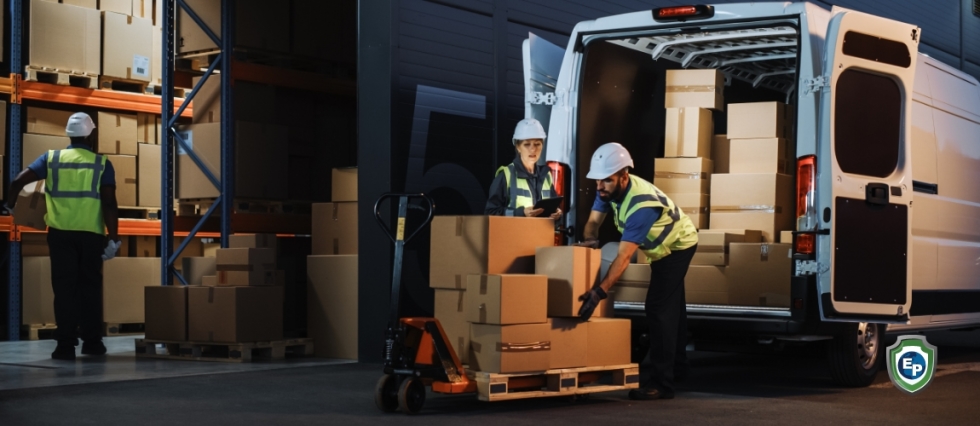
4. Right Place
This refers to where your products should be located during transit so their final destination can pick them up without any issues or delays. Also, it implies having an inventory management system in place so that you know where all of your products are, who has them on hand, and what needs to happen next for them to get shipped out again (or delivered).
5. Right time
This means the product should be delivered to the customer promptly. The most common types of errors are late delivery and early delivery, and late delivery can cause a drop in customer satisfaction and customer retention.
6. Right Price
The price charged for shipping should reflect its actual cost, including all relevant fees that do not appear in the price of the products bought or sold (e.g., labor, transportation, insurance).
7. Right Customer
This means that the logistics provider must ensure that they send the product to the correct address, verified by both parties (the logistics provider and the customer). If the wrong address was provided, then there could be problems with lost packages or damaged goods due to incorrect handling during transit.
Conclusion
So there you have it: the 7 Rs of logistics. While we certainly didn't cover every logistical aspect of running a business, we hope this provided a valuable framework for examining your own supply chain.
Stay in the Loop with Export Portal
To find out more about how you can successfully trade at an international level and build your export and import website, make sure to check out Export Portal’s Blog Page!



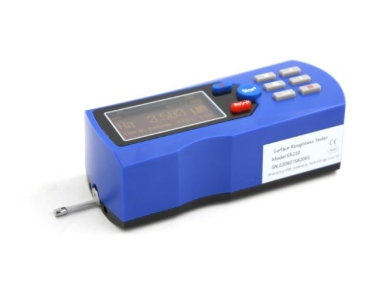



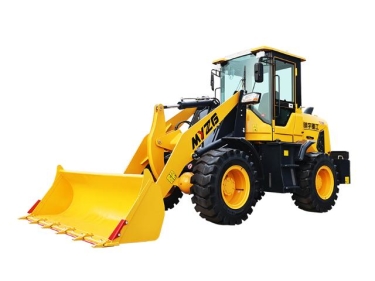

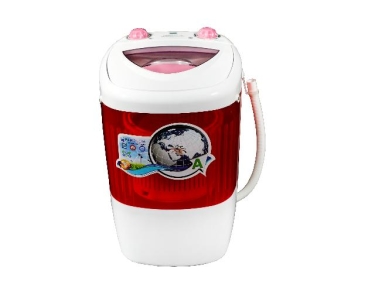

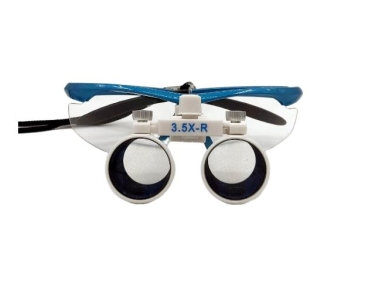






Comments 1